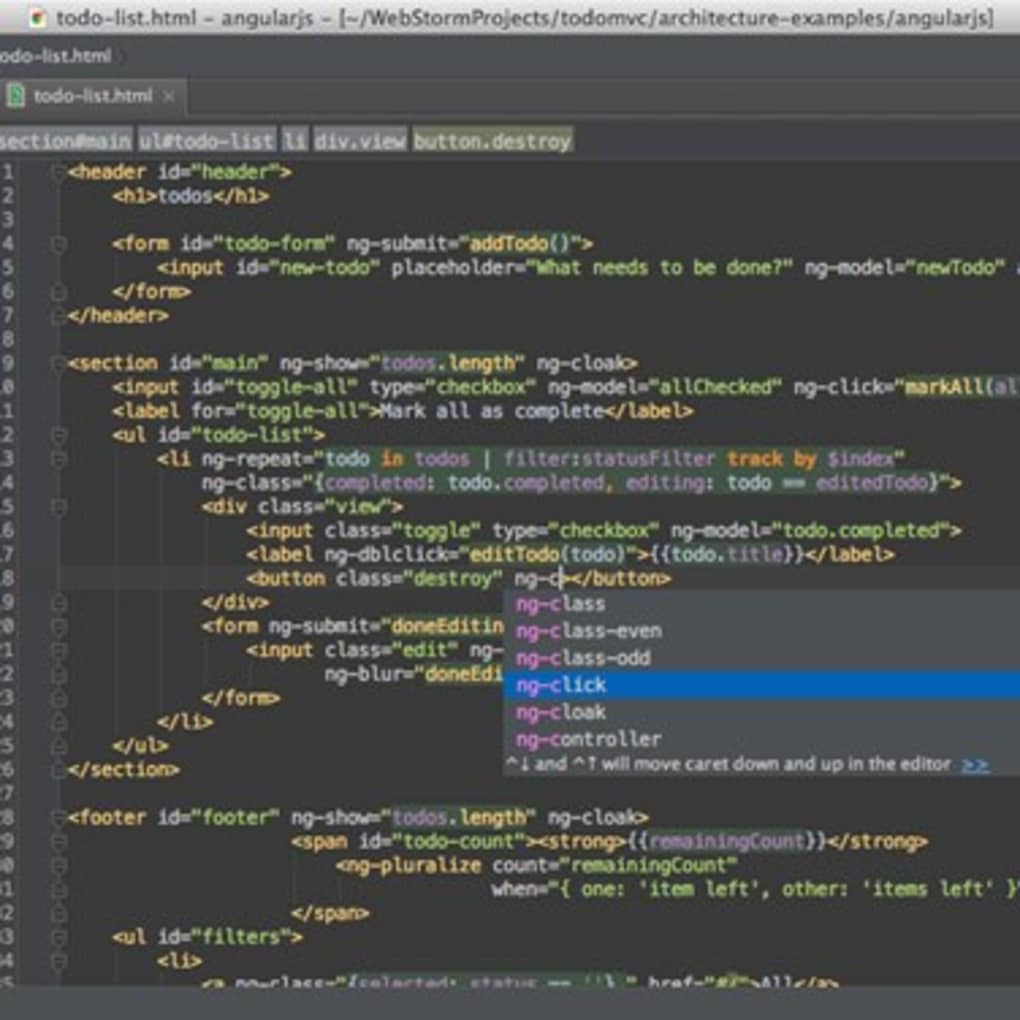

The default suppress ID for custom inspections is SSBasedInspection. Provide a suppress ID if necessary id")). Suppress ID: from now on it is also possible to suppress the inspection in case of certain warnings.Description: in this field you can compose an HTML document that serves as the description of the inspection shown in the top right section of the inspection details.In this field you can even insert the #ref macro which will be resolved to the highlighted code, so you can define somewhat This is the text of the tooltip that is shown in the editor when the mouse is hovered over a highlighted code snippet. Inspection name: the name that is displayed under the Structural Search category in the Settings.Inspection meta dataĮach inspection now contains editable metadata, most are newly added in this version of IntelliJ: Whether the order also means order of precedence in terms of execution, I have no information on. In the XML representation of and tags there is a new attribute called order, which holds an Integer (starting from 1) as a String value, and reflects the order of templates as they are shown on the Settings UI. Now, that there can be multiple Structural Search inspections added, each inspection can specify its own severity.įinally, each inspection can store multiple search and replace templates. Since before 2020.2 Structural Search Inspection was stored on inspection level, rather as a category, setting severity for different templates were not possible. The first prominent change is that Structural Search Inspection is now moved out of General into its own category and is now called Structural Search.Īlong with that, inspections can be added into this category via a new Add button at the top window toolbar: Inside the inspection one template might validate the tags in the annotation, another one in the hook annotations, or a third one somewhere else, if necessary. Inspections are common coding problems for what there can be one or more different checks, meanwhile templates are one or more different checks for the same problem.įor example, there can be an inspection called Incorrect Cucumber tag expression which can be validated in the annotation, or in any of the hook annotations ( etc.). Multiple templates per inspectionįirst, it’s important to distinguish the terms inspection and template.


Let’s see in more detail what JetBrains devs have cooked for us.

There are also some new configuration options added. They became slightly restructured, so that now users are able to define multiple templates for each inspection, and each inspection can have its own severity. With IntelliJ 2020.2 comes a major update on the Structure Search and Replace templates.


 0 kommentar(er)
0 kommentar(er)
